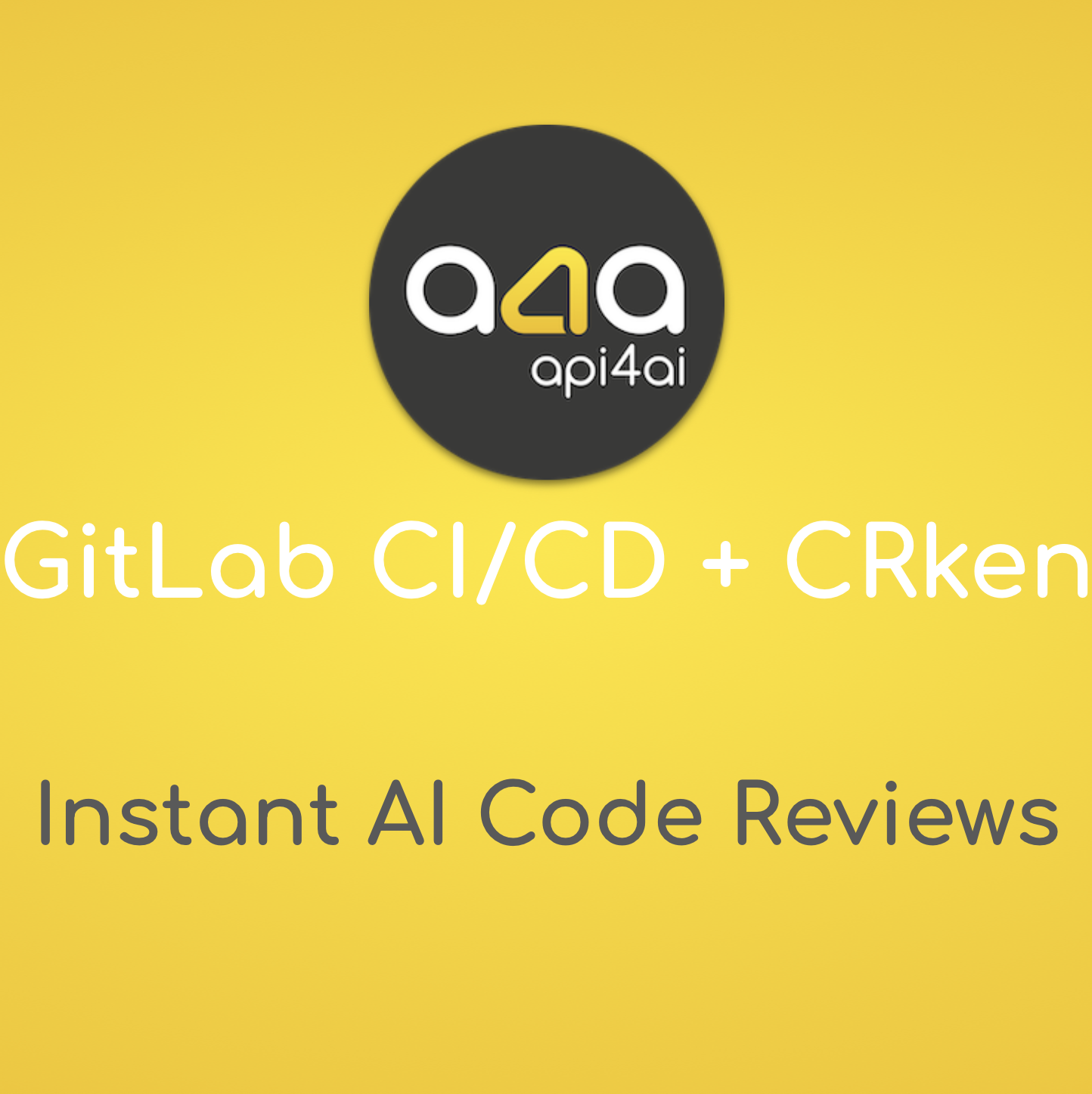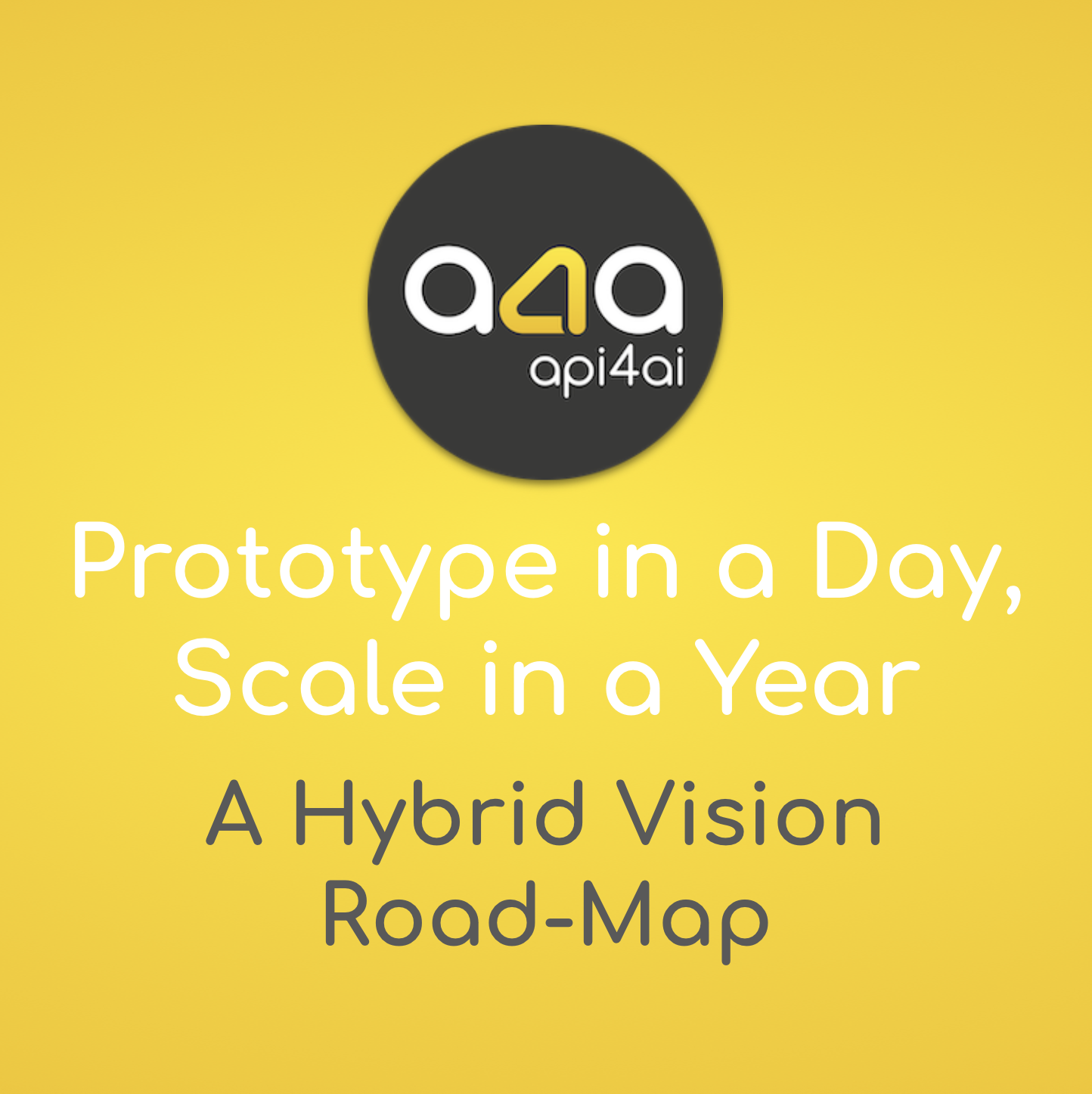
Timeline to MVP: 30-Day Sprint with Vision Microservices
Yes, you can ship a working computer vision MVP in 30 days — without hiring a team of PhDs or building AI from scratch. This week-by-week guide breaks down exactly how to do it using vision microservices like OCR, background removal, object detection and more. Learn how modern dev teams scope tightly, integrate smartly and launch confidently using modular APIs that deliver real image intelligence out of the box. Whether you're validating an idea or racing to demo day, this sprint plan shows you how to move fast and build smart.

Legal Pitfalls: Copyright & Face Recognition APIs
Face recognition APIs unlock powerful user experiences — but without the right legal guardrails, they can expose your product to lawsuits, fines or forced shutdowns. In this guide, we unpack the legal pitfalls around biometric privacy and image copyright and offer practical strategies like consent flow design, data retention policies, geo-based feature toggles and safe dataset sourcing. Whether you're using ready-made APIs or building custom computer vision solutions, this post shows how to stay compliant without compromising on innovation.

Content Moderation at Scale: Balancing Speed & Ethics
As user-generated content floods platforms faster than ever, content moderation must evolve beyond basic filters. Today’s challenge is striking the right balance between real-time automation and ethical oversight — all while meeting rising regulatory demands. From NSFW detection and graphic violence filtering to audit-ready logging and human-in-the-loop review, this post explores how modern systems are built to scale safely and transparently. Learn how modular AI tools, threshold tuning and escalation flows create trust-centric moderation pipelines that keep platforms both compliant and user-friendly.

When Off-The-Shelf Fails: Signs You Need Custom Models
Off-the-shelf vision APIs are great — until they aren't. When accuracy plateaus, domain drift creeps in, or edge cases pile up, even the best plug-and-play model can become a bottleneck. In this post, we unpack the red flags that signal it's time to go custom and share a phased roadmap to help you transition smoothly — without blowing deadlines or budgets. Whether you're struggling with OCR misreads, misclassified logos, or brittle workarounds, learn how bespoke models can future-proof your computer vision stack.
From Pixels to Insights: Why Cloud Vision APIs Win
Cloud-hosted Vision APIs are redefining how companies approach image processing — offering faster deployment, lower costs and zero infrastructure headaches. From OCR to object detection, teams can go from prototype to production in hours, not months. This post unpacks the hidden DevOps savings, hosting economics and hybrid paths that make cloud-first vision not just viable — but smarter.

Industrial Inspection: From Cloud to Factory Floor
From micro-cracks in steel to mislabeled food packaging, today’s production lines demand more than human eyes can handle. Modern industrial inspection is evolving — powered by rugged cameras, smart edge devices and AI models that go beyond pass/fail to deliver real-time, score-based insights. In this blog post, we explore how manufacturers are moving from cloud prototypes to factory-floor deployment, using vision systems that adapt, learn and scale. Whether you're launching your first pilot or optimizing a mature line, this guide maps out the steps toward zero-defect manufacturing.

Cloud vs Edge: Finding the Sweet Spot for Vision
Choosing between cloud, edge or hybrid for computer vision isn’t just about technology — it’s about finding the right balance between speed, cost and control. In this post, we break down the classic Latency–CapEx–Data Gravity triangle, walk through real-world break-even points and offer a practical roadmap from PoC to scalable deployment. Whether you’re tagging products, anonymizing faces, or automating inspections, this guide helps you make smarter architecture decisions — and hit the vision sweet spot in 2025 and beyond.

Prevent Dev Burnout with CRken Review Help
Context-switching between writing code and reviewing it can quietly drain a developer’s focus — leading to longer workdays, slower releases and eventual burnout. This blog post explores how LLM-powered tools like CRken help teams reclaim their flow by automating the repetitive side of code reviews. Discover how rethinking your GitLab pipeline can protect deep work, reduce fatigue and boost productivity — without sacrificing code quality.

Taming Enterprise Monorepos with CRken
Enterprise monorepos offer power and flexibility — but at a cost. As codebases grow and languages multiply, human reviewers struggle to keep up with massive, complex diffs. That’s where CRken comes in. This GitLab-native AI reviewer uses large language models to break down changes, analyze them in context and deliver precise, actionable feedback across 10+ languages. In this post, we explore how CRken helps teams scale code quality without slowing development, making it easier to ship faster, safer and smarter.

Beat Tech Debt Early Using CRken AI Reviews
Micro-debt is the silent killer of software velocity. A leftover TODO here, a complexity spike there — each one seems harmless until your team is buried in rework. This blog post explores how AI-powered code reviewers like CRken help you catch early signs of tech debt right in the merge request, before they snowball into costly refactor sprints. Learn how shifting review left with LLMs can streamline development, improve team focus and turn clean commits into long-term business wins.

40% Faster Releases with CRken Automation
A mid-sized DevOps team doubled its daily deployments and cut review wait times by 70% — all by automating routine code checks with CRken. In this post, we explore how AI-powered code review helped eliminate bottlenecks, reduced context switching and brought consistency to their release cadence. Learn how this team integrated LLM-driven automation into GitLab without changing how developers work — and why it led to faster shipping, stronger focus, and happier engineers.

GitLab CI/CD + CRken: Instant AI Code Reviews
Merge request backlogs are the silent productivity killer in modern DevOps. While CI/CD pipelines move fast, human code reviews often lag behind — delaying features and draining focus. This blog explores how integrating AI-powered reviewers, like CRken, into GitLab pipelines can transform the process. By delivering instant, actionable feedback, LLM-based tools reduce review times, improve code quality and let developers focus on what really matters: architecture, not formatting.

Pay-as-You-Go Vision: Slashing Prototype Timelines With SaaS APIs
Why spend months building a custom AI model when you can test your idea in days? This blog post explores how plug-and-play vision APIs — like OCR, background removal and image labeling — help teams ship working prototypes in a single sprint. Learn how to slash development timelines, gather real user feedback fast and decide when it’s time to scale up to a custom solution. Ship now, optimize later.

Off-the-Shelf vs Bespoke: The Total Cost of Ownership Showdown
Off-the-shelf AI APIs offer instant results and zero setup — perfect for fast-moving teams. But as usage scales, costs and limitations can creep in. This post breaks down the real total cost of ownership (TCO) for both plug-and-play APIs and custom-built computer vision solutions. From hidden dev-ops expenses to compliance hurdles and breakeven calculations, we provide a clear framework to help you decide when to rent, when to build and how to future-proof your AI strategy.

Talent vs Toolkit: Building an In-House Vision Team or Renting Expertise
Building a computer vision-powered product? You don’t need to choose between hiring expensive AI experts or doing it all in-house. In this guide, we explore the real tradeoffs between recruiting top CV talent, upskilling your existing developers and renting expertise through APIs and AutoML platforms. From salary benchmarks to hidden infrastructure costs, we break down the total cost of ownership (TCO) and help you map the best strategy based on your product’s stage and priorities.

Prototype in a Day, Scale in a Year: A Hybrid Vision Road-Map
Computer vision is easier to start than ever — thanks to ready-made SaaS APIs that let teams build working prototypes in just hours. But what happens when those prototypes grow into high-traffic features, or when off-the-shelf models no longer meet performance, cost or accuracy demands? This blog post outlines a step-by-step, 12-month roadmap for scaling your vision AI stack — from your first API call to a fully containerized, GPU-powered infrastructure. Learn how to navigate the transition across three critical phases: the Day‑1 sandbox, the Month‑3 pilot, and the Month‑6 production rollout. Along the way, we break down key decision points, hybrid deployment strategies and tips for balancing fast results with long-term control. Whether you're experimenting with OCR, background removal or object detection, this guide helps you scale smart, reduce costs and prepare for growth.

Logo Wins & Sponsor ROI: Brand Recognition API in Esports Broadcasts
In the high-stakes world of esports sponsorships, visibility isn’t enough — proof of exposure is everything. This post explores how real-time logo detection, powered by AI, helps teams and organizers track every brand appearance across matches, turning screen time into measurable ROI. From automated highlight reels to CPM-calibrated dashboards, discover how smart vision tools are transforming logos into leverage at the negotiation table.

Drone Eyes on Site: Progress Monitoring That Pays for Itself
Drones are revolutionizing construction sites — not just with aerial views, but with real-time, AI-powered insights. This post dives into how computer vision turns raw drone footage into high-resolution maps, tracks deliveries automatically, detects weekly progress and even predicts delays before they hit the schedule. Learn how builders are using vision APIs and digital twins to monitor projects faster, safer and smarter — while driving down costs and boosting ROI.

Defect-Free in Industry 4.0: Vision APIs Catch Micro-Flaws
Micro-defects may be invisible to the human eye, but they can cripple quality, trigger recalls and silently drain profits. In this post, we explore how AI-powered Vision APIs are transforming industrial inspection — from semiconductors to textiles — by detecting flaws at sub-pixel accuracy. Learn how manufacturers can scale from pilot to plant-wide deployment, choosing between ready-to-use APIs and custom-tailored models and why smart visual inspection is the backbone of defect-free operations in Industry 4.0.

Background Removal API: The Secret to 5-Star Fashion Photos
In online fashion retail, product visuals directly impact sales performance — cluttered images lose conversions, while clean, consistent photos boost buyer confidence. Automated background removal APIs empower boutique owners to quickly transform everyday images into professionally polished visuals, enhancing catalog appeal and driving higher conversion rates. Discover how batch-processing workflows, combined with strategic visual branding and complementary AI tools like OCR and object detection, can significantly improve your store's efficiency and profitability.
